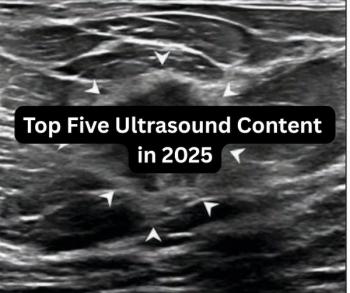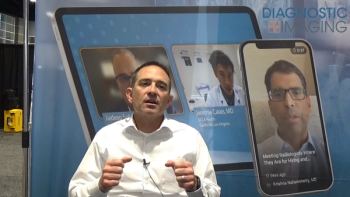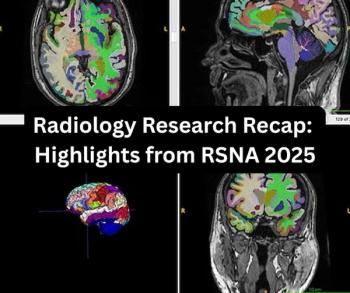FDA Clears AI Software for Large Vessel Occlusion Detection on CT Angiography Scans
Facilitating timely triage, the qER-CTA software enables AI assessment of the internal carotid artery and M1 segment of the middle cerebral artery for possible large vessel occlusions (LVOs).
The Food and Drug Administration (FDA) has granted 510(k) clearance for the AI-enabled qER-CTA software (Qure.ai), which may enhance detection of large vessel occlusions (LVOs).
Emphasizing the importance of timely LVO detection to prevent ischemic stroke, Qure.ai noted
Ajith Thomas, M.D. said the qER-CTA software may have a significant impact with rapid triage and timely notification of specialists for patients with LVOs.
“FDA clearances for AI algorithms like this represent an encouraging step toward deeper AI adoption in clinical practice. The qER-CTA algorithm's ability to triage large vessel occlusions will complement existing AI tools for critical CT findings. This integration promises to fundamentally change traditional workflows, significantly reducing time to treatment in emergency scenarios and strengthening clinical decision-making,” noted Dr. Thomas, the chairman of the Department of Neurosurgery with Cooper University Healthcare in Camden, N.J.
Newsletter
Stay at the forefront of radiology with the Diagnostic Imaging newsletter, delivering the latest news, clinical insights, and imaging advancements for today’s radiologists.





























